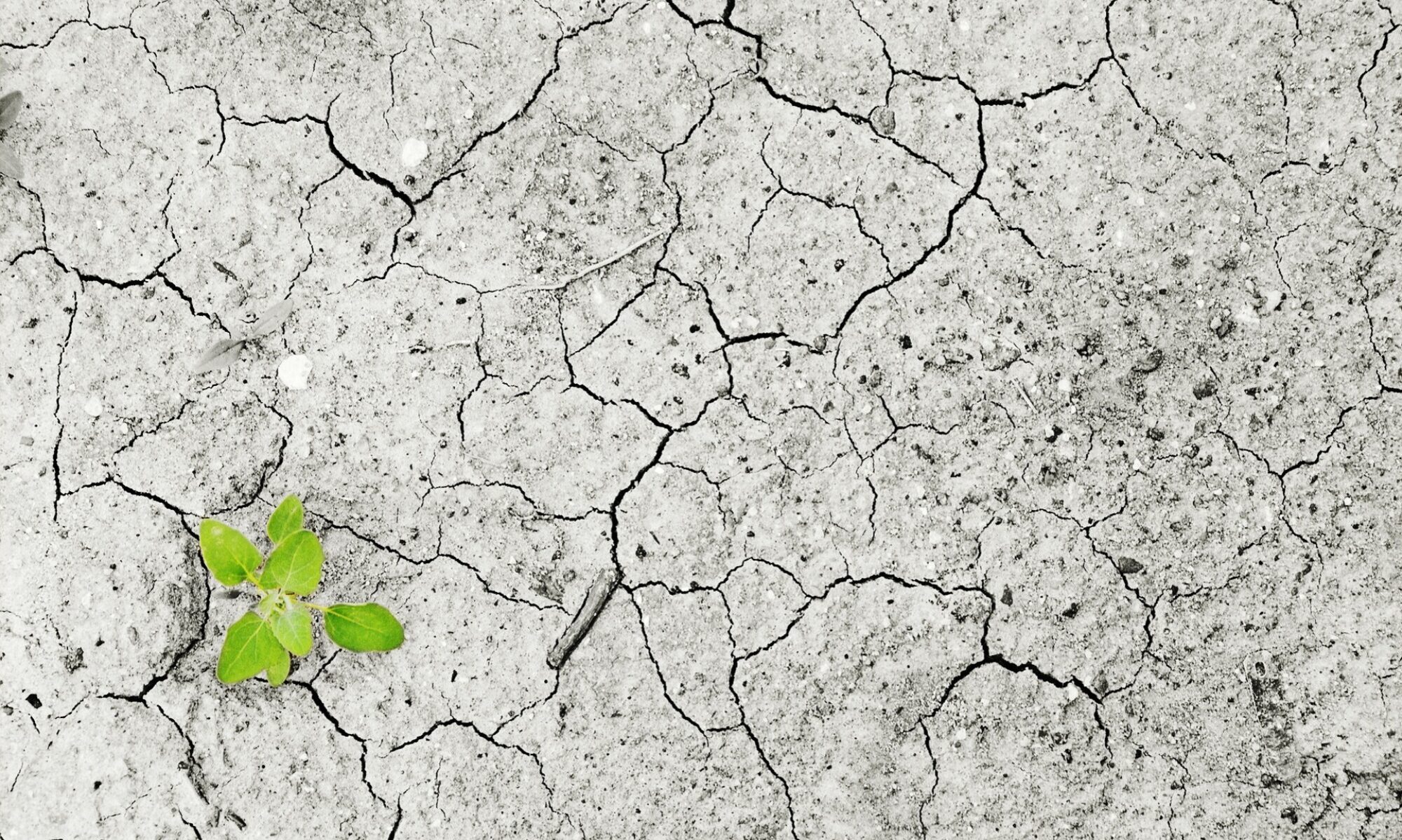28 January 2021 – by Aubrey Calaway
When President Donald Trump issued a tirade of tweets berating late Maryland congressman and civil rights advocate Elijah Cummings, the media and public were quick to condemn the remarks.
Some cited Carl A. Zimring’s Clean and White: A History of Environmental Racism in the United States in order to explain the racist roots of lodging those specific criticisms against a majority-Black city. Zimring’s book, widely released the same year that Donald Trump was elected, provides an incisive look at how whiteness, waste, and sanitation have been entangled since the emergence of the United States (US). Now, after four years of the Trump presidency and the deaths of over 400,000 Americans due to the COVID-19 pandemic, it is arguable that Clean and White offers critical new insight into the current crisis. How might the same legacy of environmental racism in those tweets be at play in the politics of the pandemic?
Environmental Fear-Mongering
When Trump and right-wing pundits call COVID-19 the “Chinese virus”, but make sure to describe the new variant of the virus as “first identified in Britain,” this is not simply the result of differing international relations. Throughout his administration, Trump has evoked fears of foreign filth as a way to pander to white nativism.
In doing so, Trump preyed on the same underlying anxieties about environmental hygiene and sexual pollution that Zimring argues have been stoked since the mid-19th century. He writes that “during the [Civil] war, fear of germs and fear of social order without slavery produced fears that would endure and intertwine”. The early 20th century influx of immigrants and Black southerners to northern cities, Zimring explains, would demand new methods for whites to uphold both racial purity and superiority, two mutually supporting ideas. The sanitary maintenance of these growing industrial cities was just the ticket.
As Zimring shows, non-white citizens have long been over-represented in “dirty” jobs like laundry, waste hauling, and scrap recycling. Jewish immigrants, once barred the white middle-class, were able to “ascend” the racial hierarchy by moving from scrap-scavengers to junkyard managers. Black, Asian, and Latinx residents were, as a result of restricted economic mobility and the supposed biological impurity of their skin color, kept tied to waste. Ideas of “who would deserve to be clean and who should do the cleaning” that were codified in the 1850s were solidified within the 20th century urban order.
A Dirty Legacy
Cleanliness in the years 2020 and 2021 has taken on new meaning, but the costs to non-white communities fall in line with the history that Zimring lays out. Immigrants and non-white communities are overly represented among essential, frontline workers, and fewer than 1 in 5 Black workers are able to telework. One Harvard study found that healthcare workers of color were more likely to care for patients with COVID-19, to report using inadequate or reused protective gear, and nearly twice as likely as white colleagues to test positive for the coronavirus. As non-white nurses, bus drivers, warehouse workers, and cleaning service people continue to be exposed to COVID-19 at dramatic rates, we see the contagious new consequences of centuries-old environmental racism.
But understanding America’s history of environmental racism is not just about survival. It is also about resistance. Despite record-breaking numbers of protesters at Black Lives Matter protests this past summer, high rates of mask wearing and social distancing led to no noticeable increases in COVID 19 cases. While it is too early to tell whether the Capitol riot will prove to have been a ‘superspreader’ event, images of the dense, maskless, and overwhelmingly white crowds demand a new look at how race and hygiene are once again colliding. As Zimring highlights, Martin Luther King Jr. was assassinated after delivering his “I’ve Been to the Mountaintop” speech in support of the Memphis Sanitation Workers’ Strike. The political entanglement of masks, “dirty things” and racial justice is not one of happenstance. It is simply the newest iteration of a history of struggle.
Looking to the future
Almost fourteen years ago to the day, then senator Joe Biden filed the paperwork to launch his bid for president of the United States. Later that afternoon, speaking in reference to fellow candidate senator Barack Obama, Biden remarked: “I mean, you got the first mainstream African-American who is articulate and bright and clean and a nice-looking guy.”
Clean and White sifts through the dirt and grime of 244 years of American history to prove that understandings of race – and the perpetuation of racism – have always been about who has been deemed to be “clean,” and who has not. As the COVID-19 pandemic rages on and Joe Biden steps up to replace Donald Trump as president, the legacy of environmental racism and hygiene in the United States is more pressing than ever. Whether Joe Biden and white Americans will pay attention remains to be seen.
This book review was published as part of our January 2021 collaboration with E&U for the Climate and Human Rights Pulse on Environmental Justice and Human Rights.

Aubrey Calaway is writer and researcher who has investigated issues of climate change, human trafficking, and community resilience. She currently works as a research fellow at Human Trafficking Search.


